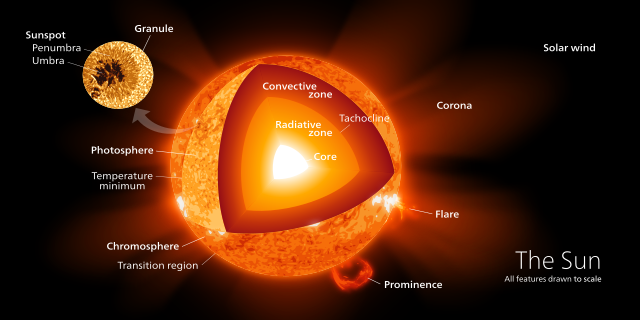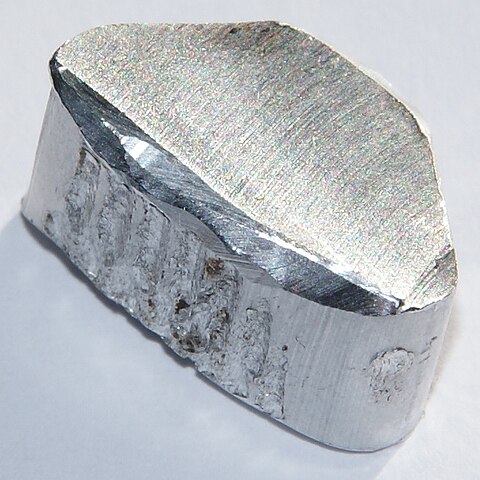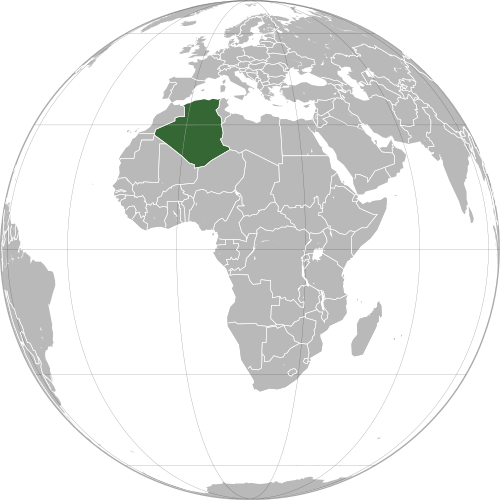We've just learned about the solar core's energy, and how it's the source for the sun's light and heat.
The next part of the sun going out from the core is the radiation zone.
In this part of the sun, the energy is passed between atoms in particles called photons, over and over and it takes around 170,000 years to leave this zone!
When the sun's energy enters the radiation zone it is about 27 million degrees,
and when it leaves the zone it is about 3 thousand degrees.

(from: wikipedia - radiation zone)
Kid Facts - Blast from the past: Alpha Centauri









